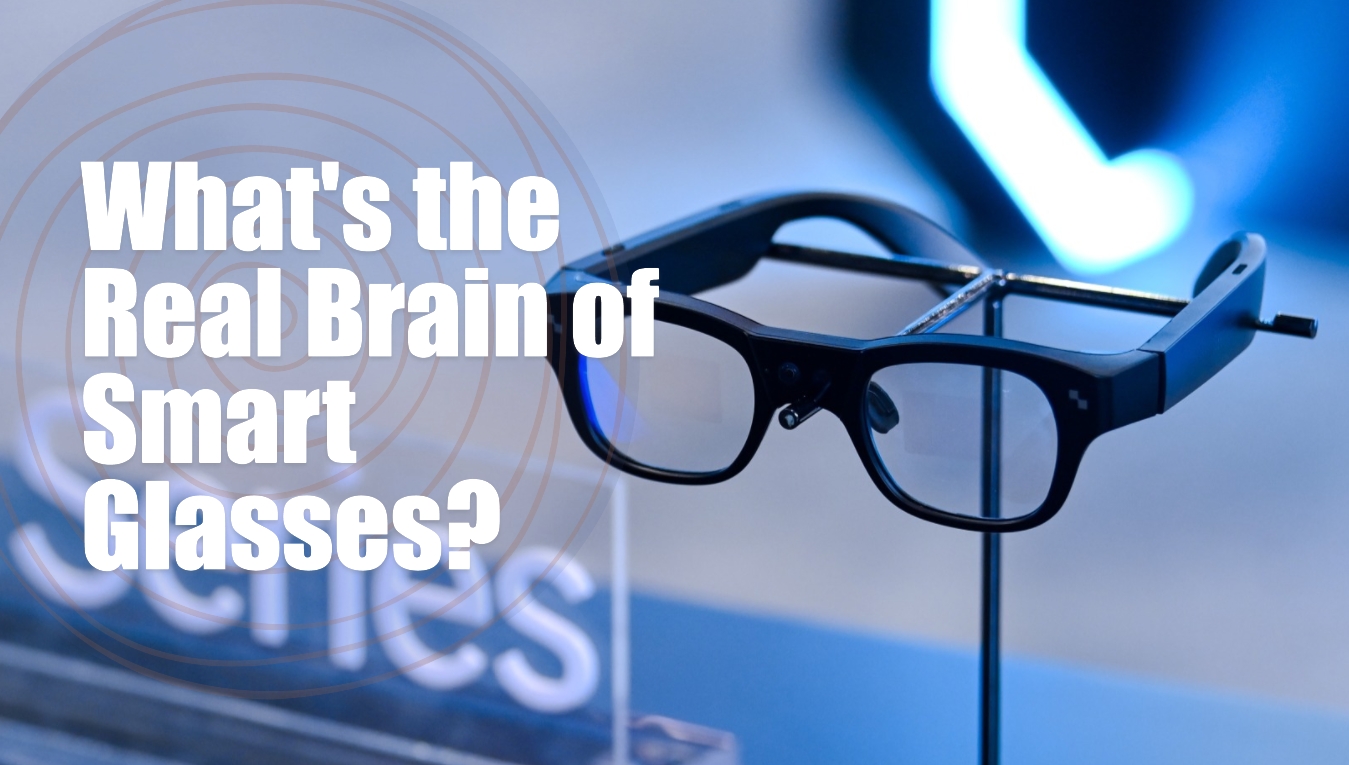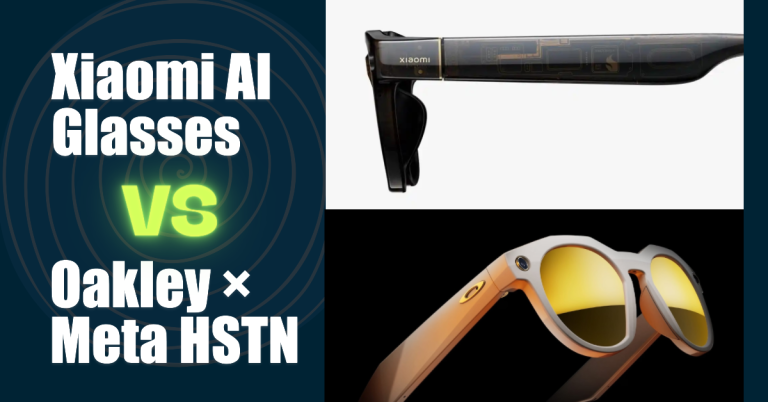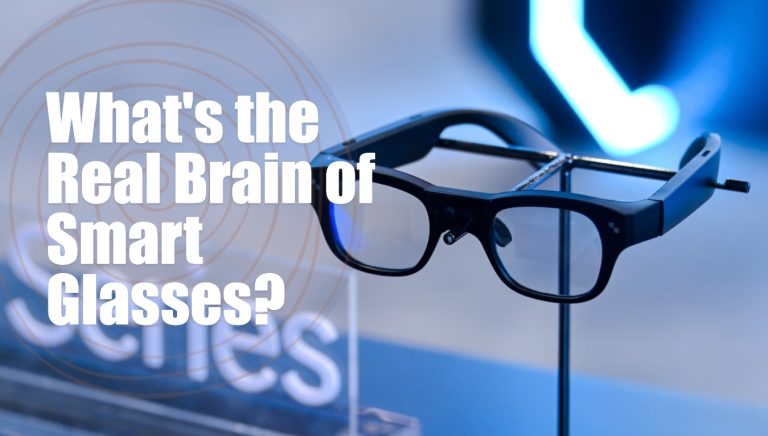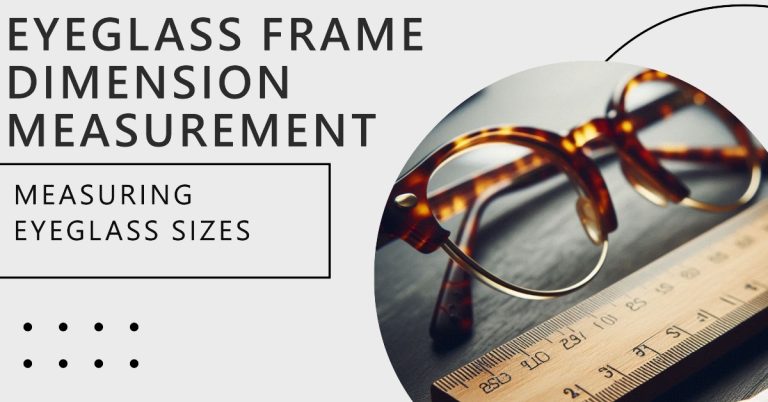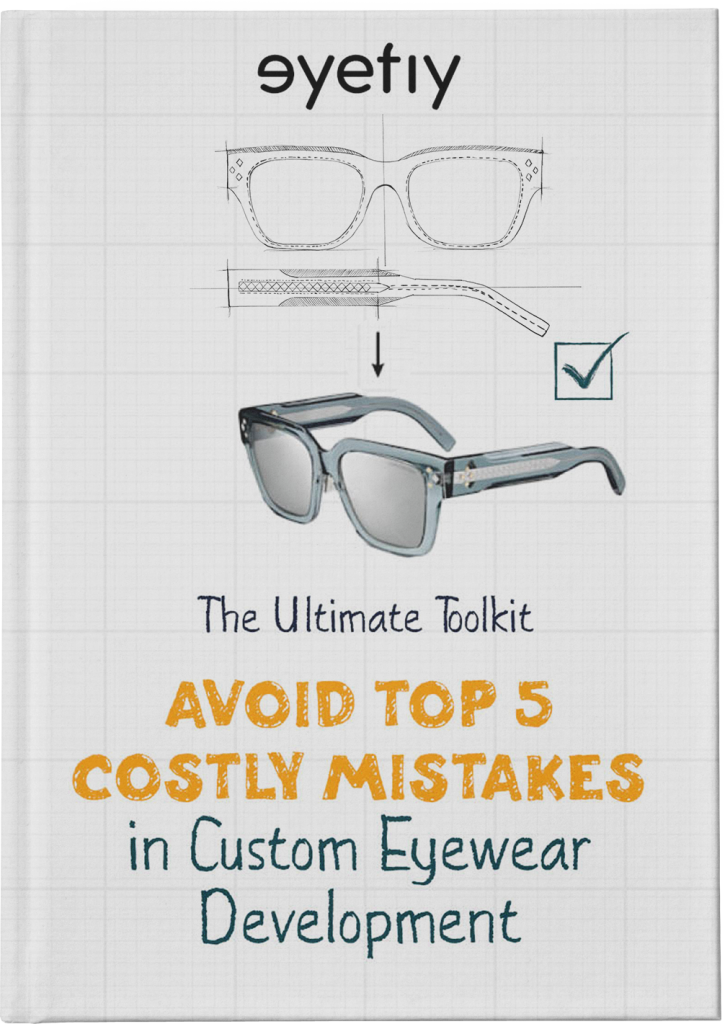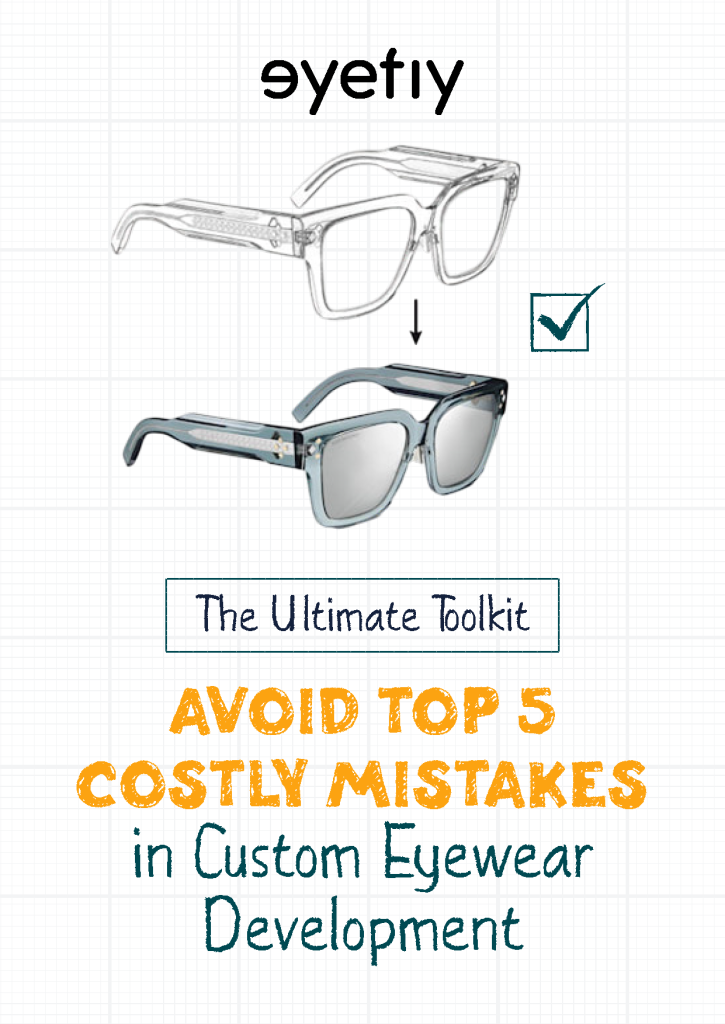The camera is the watershed of smart glasses, as it determines whether the product truly enters the era of “smart terminals” from “wearable devices”.
Glasses without cameras are more like “headphones+notifications”, which can only passively receive information; Once a camera is added, glasses have the ability to “see” and actively perceive and understand the external world, supporting complex functions such as photography, video, recognition, translation, AR display, etc., truly achieving the synergy of “human eyes+AI”.
Perception=camera+algorithm, this is the fundamental difference between it and traditional devices.
After the Ray Ban Meta attracted market attention, cameras gradually became a standard feature for more and more AI glasses. The concept of “first person perspective” shooting and recording has deeply penetrated people’s hearts, and has also opened up a true “hands-free” experience. However, at the same time, the addition of cameras has significantly increased the BOM cost of the entire machine. Unlike ordinary audio glasses that only require a Bluetooth controller chip, AI glasses with shooting capabilities often require additional ISP image processing chips or system level SoCs integrated with ISP, such as Qualcomm AR1, W517, etc.
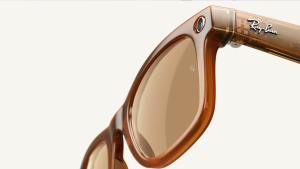
Therefore, in the current AI glasses market, the proportion of products equipped with cameras is still not high, which has formed a clear price stratification – whether a product has a camera often directly determines whether it is “within a thousand yuan” or “above a thousand yuan”.
Once equipped with basic shooting capabilities, the camera becomes an important data entry point for multimodal large models. It is responsible for collecting raw visual signals and collaborating with AI models to achieve “speaking from pictures” functions such as image recognition, real-time translation, and object understanding. At present, the mainstream AI shooting glasses on the market generally support functions such as AI image translation, object recognition, and image analysis.
It can be said that the current AI glasses are still in the basic stage of “voice interaction+audio-visual perception”, and true differentiation and value creation will be born in the competition of “advanced functions” around visual abilities.
The understanding and selection of “camera capability” by different brands also directly affect the performance of products in practical scenarios. Let’s start with three currently popular smart glasses and see their differences and positioning in camera configuration.
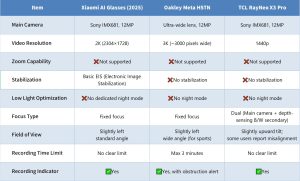
Xiaomi AI glasses
The Xiaomi AI glasses are equipped with a 12 megapixel Sony IMX681 camera, which supports recording up to 2K (2304 × 1728) 30 frame videos and has basic electronic image stabilization function. The layout of this camera is based on the design of Ray Ban Meta, with the lens located on the left side and the shutter button on the right temple, equipped with a shooting indicator light. In addition to taking photos and recording videos, Xiaomi also supports video calling and live streaming functions through third-party apps, expanding the application scenarios of cameras.
According to usage evaluation, under sufficient lighting conditions, the image quality is rich in details; However, in low light environments, it is still easy to experience blurry and shaky images, and the effectiveness of EIS is limited.

Oakley Meta HSTN
The Oakley Meta HSTN is equipped with a 12 megapixel ultra wide angle camera, with a video recording capability of up to 3K resolution, which is a significant upgrade compared to the 1080p of the Ray Ban Meta. The shooting operation is very direct, and the physical shutter button on the temple responds quickly.
In order to protect user privacy, the glasses will automatically light up the LED indicator light during shooting and pop up reminders when the user is obstructed, ensuring that people around are aware. In addition, all photos and video content can be automatically imported into smartphones through the Meta AI application for easy organization and sharing.
However, the camera also lacks optical or electronic image stabilization functions, and there is no dedicated optimization mode for night shooting, resulting in significant noise and detail loss in low light scenes. The lens is designed with fixed focus and cannot zoom. At the same time, the video recording time is limited to 3 minutes, which is suitable for recording short motion pictures, but not conducive to long-term creation.
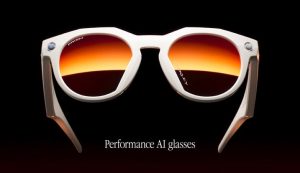
TCL RayNeo X3 Pro
The TCL RayNeo X3 Pro is an intelligent glasses that emphasizes visual perception and AR interaction capabilities. It adopts a dual camera system: the main camera is the Sony IMX681, with 12 million pixels, F2.2 large aperture, and 16mm wide-angle lens, which can record videos up to 1440p; The secondary camera is a black and white camera customized by Howe, with a large aperture of F2.0. Although it does not participate in imaging, it has excellent photosensitive performance and is dedicated to SLAM spatial positioning and depth information acquisition.
This dual camera combination gives the X3 Pro stronger environmental understanding and AR application capabilities on the basis of shooting. Users can control the shooting operation through voice, temple touch, or Apple Watch. First angle shooting supports focus preview and can be combined with AI for real-time translation and recognition.
However, due to the fact that the secondary camera does not directly participate in imaging, the dual camera system has limited improvement in image quality; And the maximum resolution is 1440p, which does not reach the 4K level. Some users have reported that the actual shooting image is slightly raised, which is not completely consistent with the line of sight and affects immersion. In addition, the product is also not equipped with anti shake technology, which can cause blurry images during dynamic shooting.
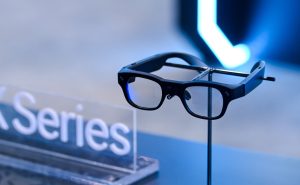
Conclusion
From the camera configuration of these three glasses, it can be seen that different brands have different understandings of “clearly visible” and “understandable”.
Xiaomi focuses more on the balance and cost-effectiveness of daily use, Oakley emphasizes the first person perspective experience in sports recording, while RayNeo explores the possibilities of spatial perception and AR interaction. Although they still have varying degrees of limitations in terms of resolution, image stabilization, and low light performance, they have already demonstrated the core position of “visual ability” in smart glasses.
It can be foreseen that the competition for smart glasses in the future will no longer be limited to “whether they can take photos”, but will evolve towards “taking good photos”, “understanding photos”, and “what can be done after taking photos”.
The camera will no longer be just a hardware module, but a front entry point for AI to understand the world.
